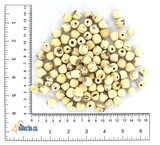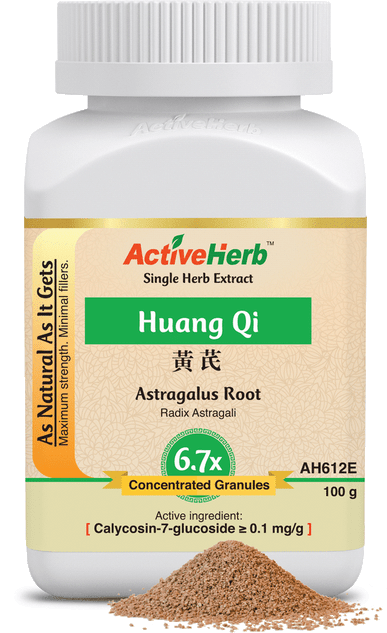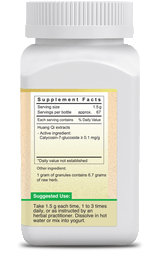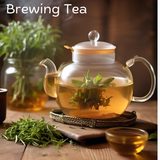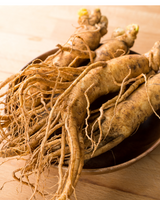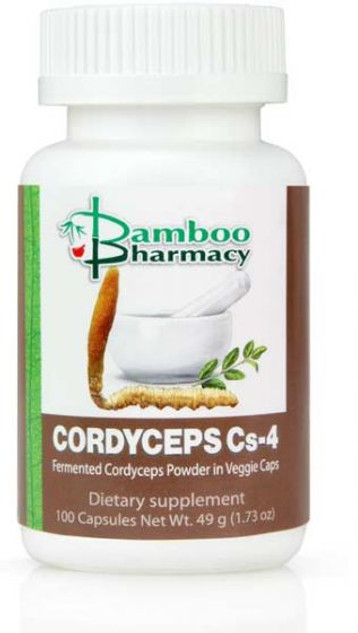There are no products listed under this category.


Nuherbs Organic
Japanese Bushy Knotweed Rhizome (Hu Zhang) C.O. Powder - Nuherbs
Herbal Information on Organic Japanese Bushy Knotweed Rhizome in Bulk Powder Form Hu Zhang: Unveiling the Miraculous Benefits of Japanese Knotweed Hu Zhang, also known as Jap

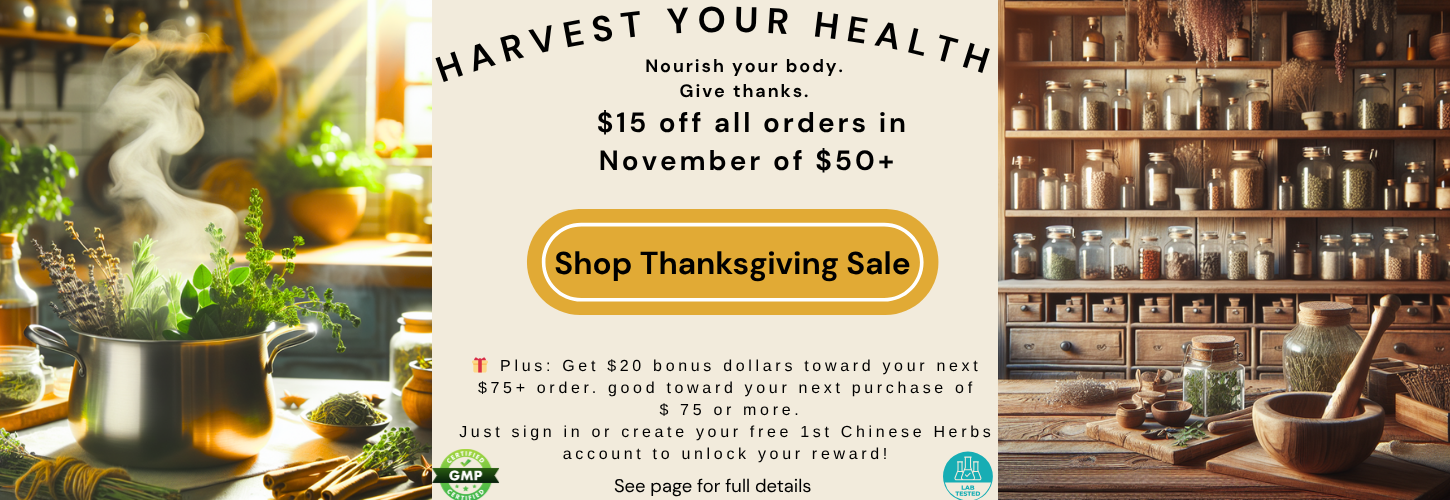
 How to Use Du Zhong
How to Use Du Zhong Liquid Extract (Tincture)
Liquid Extract (Tincture)
